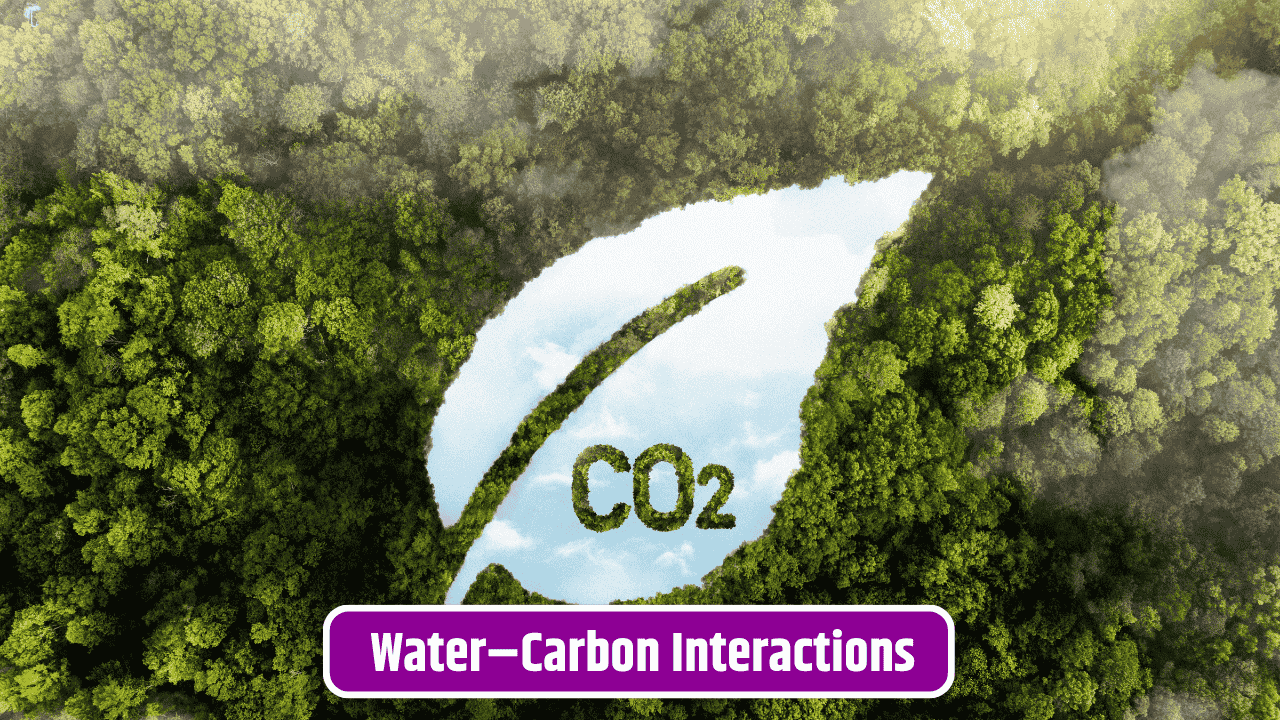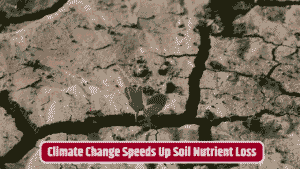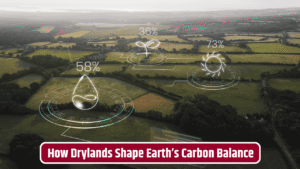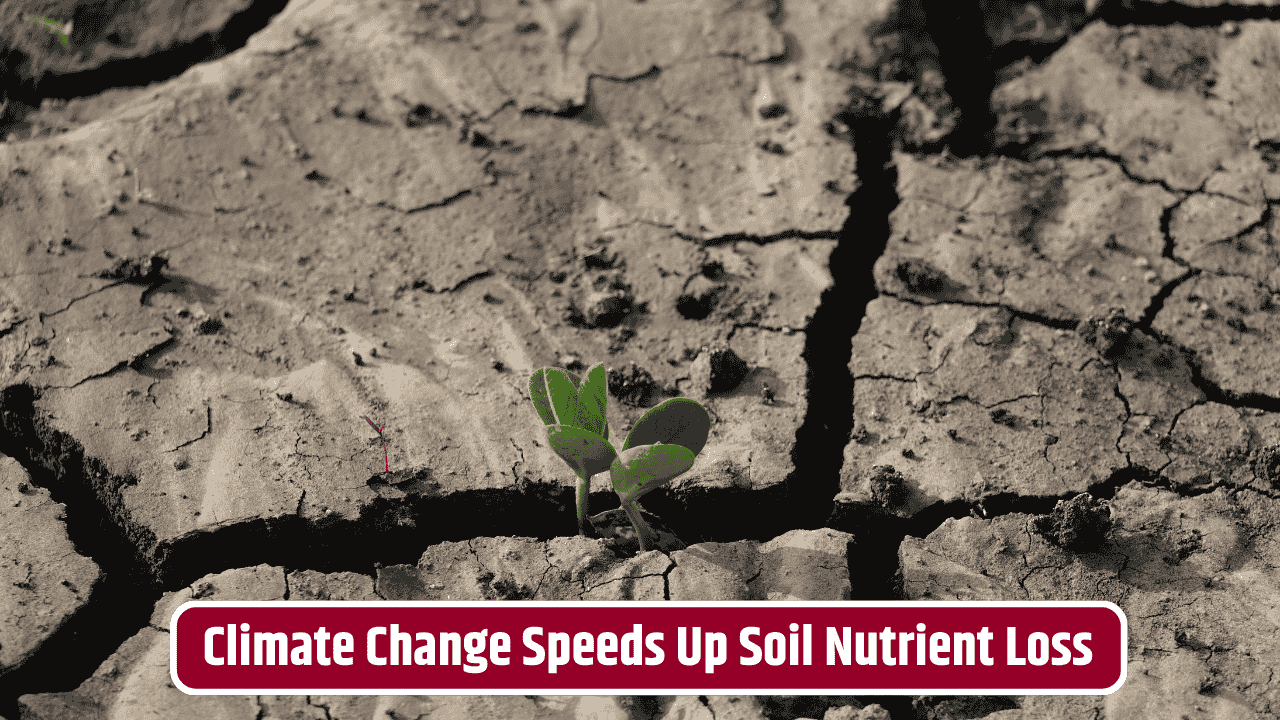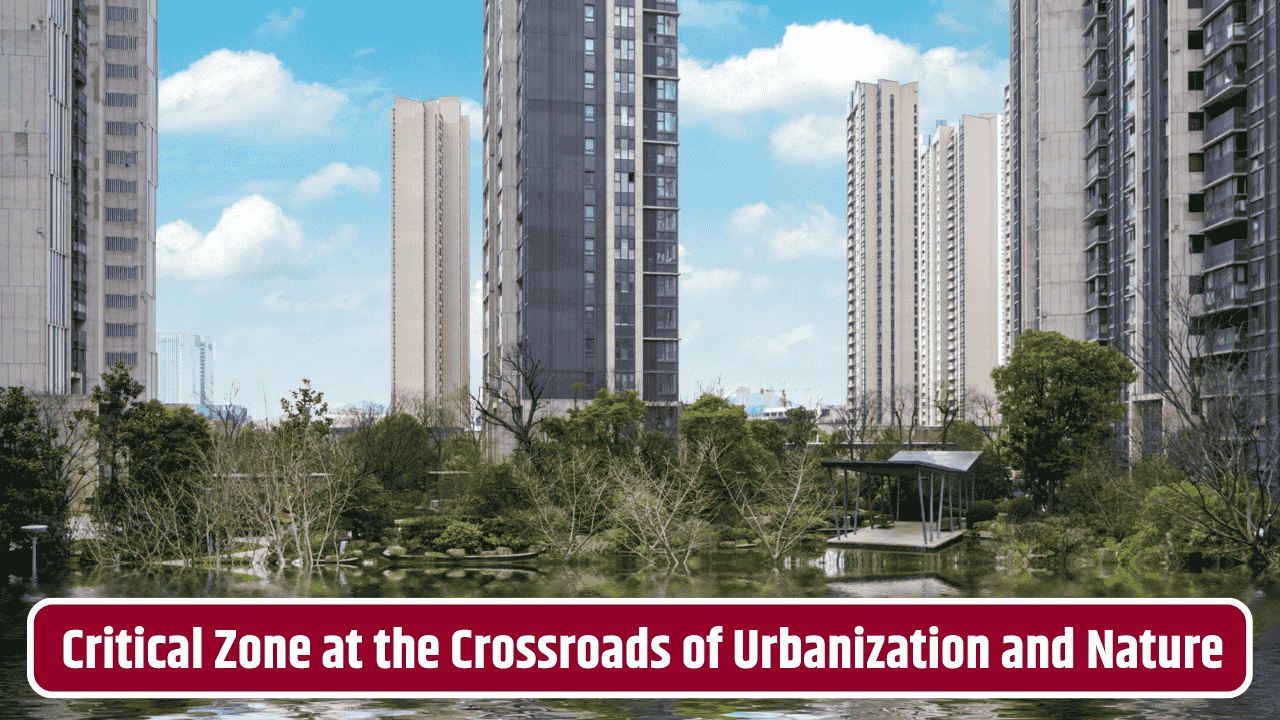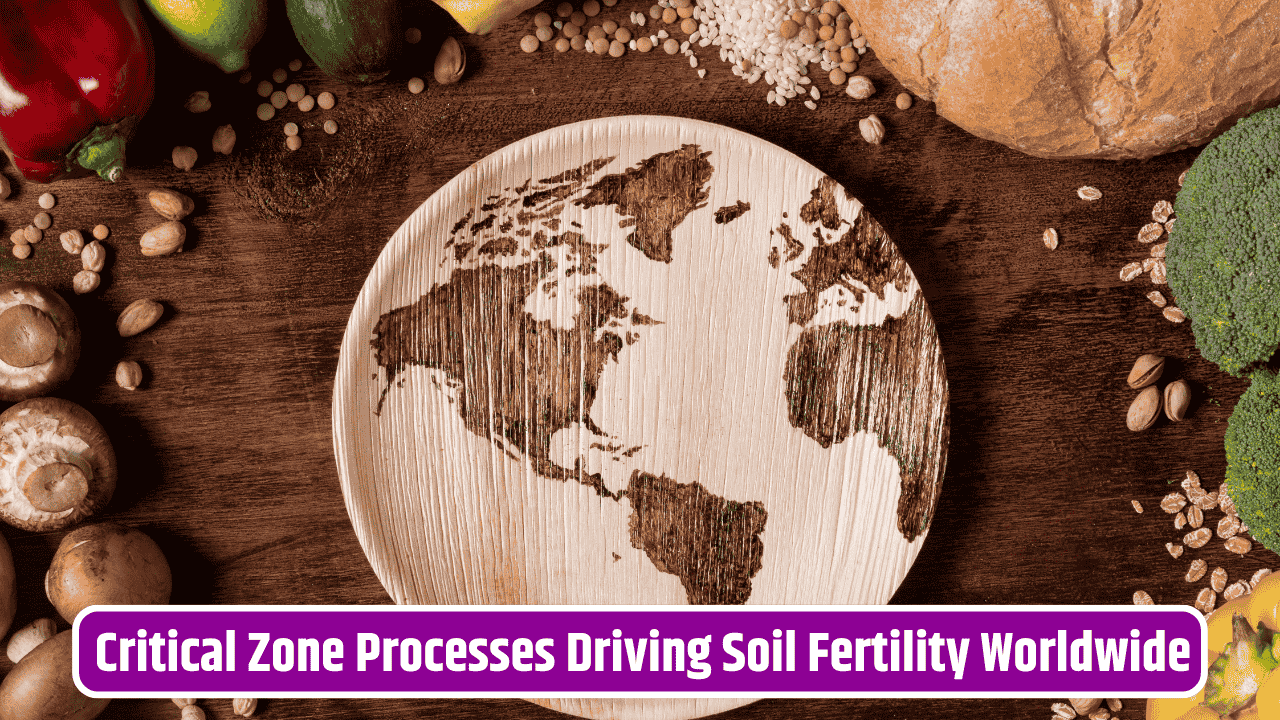It’s hard to overstate just how much water and carbon are tied together in the story of our planet’s future. When we talk about climate change, most folks immediately think of CO₂ levels in the atmosphere. Fair enough—it’s the big villain in the plot. But water, in its many forms—rivers, rainfall, soil moisture, even that invisible vapor hanging around us—is just as crucial. What makes it really fascinating is how the carbon and water cycles constantly interact, sometimes helping each other, sometimes clashing, and ultimately shaping how resilient (or fragile) our climate systems turn out to be.
Table of Contents
How Water and Carbon Cycles Connect
At the heart of it, plants are the main stage where these two cycles meet. Through photosynthesis, vegetation pulls in carbon dioxide and releases oxygen. But here’s the twist: this process relies heavily on water. Plants open little pores (stomata) on their leaves to take in CO₂, and in doing so, they lose water through evaporation. That trade-off—carbon gain versus water loss—is one of the most delicate balancing acts in nature.
Now, multiply that across entire forests, grasslands, and agricultural fields, and suddenly you see how shifts in rainfall or droughts ripple into carbon storage. A dry year might mean stressed vegetation, less CO₂ absorbed, and more carbon left floating in the atmosphere. On the flip side, wetter seasons can turbocharge growth, pulling more carbon down into biomass.
The Soil Connection
Soil is more than just “dirt.” It’s a massive vault for both water and carbon. Healthy soils act like a sponge, holding moisture that helps plants survive dry spells. At the same time, soils store organic carbon in roots, decaying leaves, and microbes. Disturb the soil—say through over-farming or deforestation—and you don’t just lose water retention; you also unlock a ton of stored carbon into the atmosphere.
There’s a feedback loop here: drought dries soils, which kills off vegetation, which releases more carbon, which heats the planet further, which in turn makes droughts worse. That’s the dangerous spiral climate scientists at NOAA and the EPA often warn about.
Forests: The Giant Regulators
Forests don’t just soak up carbon; they also move water around the planet. Through transpiration, trees release moisture into the air, creating clouds and even influencing rainfall patterns far away. Lose those forests, and you don’t just reduce carbon storage—you also disrupt regional water cycles. The Amazon rainforest, for example, generates its own rain through this mechanism. But large-scale deforestation risks pushing it toward a tipping point, where it could flip into savannah-like conditions, releasing staggering amounts of CO₂.
Climate Resilience and Human Action
Here’s where things get practical. Building climate resilience means strengthening the natural links between water and carbon. Restoring wetlands is one powerful example—they trap floodwaters, recharge groundwater, and at the same time, lock away carbon in plant matter and sediments.
Agriculture is another battleground. Practices like no-till farming, cover cropping, and agroforestry aren’t just buzzwords; they help soil retain moisture while boosting carbon storage. The USDA’s Natural Resources Conservation Service has been pushing these methods for years, recognizing their double benefit for farmers and the climate.
Cities, too, are catching on. Urban planners are experimenting with “green infrastructure”—rooftop gardens, permeable pavements, tree-lined streets—that manage stormwater while also absorbing some carbon. It’s small compared to forests or wetlands, sure, but in aggregate, it’s part of the solution.
The Global Balancing Act
One tricky aspect is that water and carbon interactions aren’t the same everywhere. In dry regions, the limiting factor is usually water—plants can’t absorb carbon if they’re too thirsty. In wetter, cooler regions, it’s often the opposite: plants have plenty of water, but short growing seasons or nutrient limits hold them back. Climate resilience strategies have to be tailored to these local dynamics rather than following a one-size-fits-all model.
And then there’s the kicker—melting permafrost. This is ground that’s been frozen for thousands of years, locking away both water (as ice) and carbon (as frozen organic matter). As temperatures rise, the thaw releases water into streams and massive amounts of greenhouse gases into the air. It’s a reminder that when water and carbon interact in unstable ways, the effects can be global, not just local.
Fact Check
Some articles floating online suggest water vapor is a bigger problem than CO₂. That’s misleading. While water vapor is indeed a potent greenhouse gas, its concentration in the atmosphere is controlled by temperature, not direct human emissions. Rising CO₂ and methane are what heat the planet, which then increases evaporation and water vapor. So yes, water vapor amplifies climate change, but it’s carbon emissions that kick-start the process, as confirmed by NASA and other leading scientific bodies.
Wrapping It Up
When you zoom out, water and carbon aren’t separate stories—they’re partners in a complicated dance. Sometimes they move in harmony, strengthening ecosystems and buffering against shocks. Other times, they stumble, creating vicious cycles of drought, fire, and warming. Building resilience in the face of climate change means recognizing this dance and protecting the systems—forests, soils, wetlands—that keep the rhythm steady. And that, really, is where the fight for a stable climate begins.
FAQs
How are the water and carbon cycles connected?
They’re linked mainly through plants and soils—plants need water to absorb carbon, while soils store both moisture and carbon.
Why is soil so important in climate resilience?
Healthy soils retain water during droughts and act as carbon sinks. Degraded soils lose both, making regions more vulnerable.
What role do forests play in climate regulation?
Forests absorb CO₂, release oxygen, and recycle water into the atmosphere, influencing rainfall patterns regionally and globally.
Is water vapor a bigger climate threat than CO₂?
No. Water vapor amplifies warming, but it’s driven by rising temperatures caused by human CO₂ and methane emissions.
What can individuals do to strengthen water-carbon resilience?
Supporting reforestation, conserving water, reducing waste, and adopting soil-friendly gardening or farming practices can all help.

